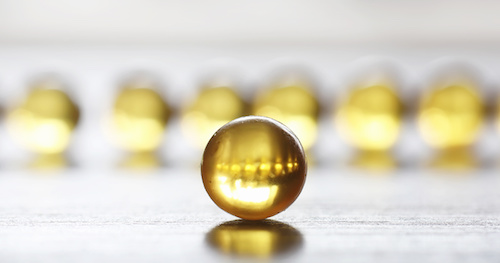The world is in the grip of the COVID-19 pandemic. Public health measures that can reduce the risk of infection and death in addition to quarantines are desperately needed. This narrative reviews the roles of vitamin D in reducing the risk of respiratory tract infections, knowledge about the epidemiology of influenza and COVID-19, and how vitamin D and COVID-19 for patient wellness might be a useful measure to reduce risk. Click here for a study review by Sally Lynch, MS, CDN.

Through several mechanisms, vitamin D can reduce risk of infections. Those mechanisms include inducing cathelicidins and defensins that can lower viral replication rates and reducing concentrations of pro-inflammatory cytokines that produce the inflammation that injures the lining of the lungs, leading to pneumonia, as well as increasing concentrations of anti-inflammatory cytokines.
- Several observational studies and clinical trials reported that vitamin D supplementation reduced the risk of influenza, whereas others did not.
- Evidence supporting the role of vitamin D in reducing risk of COVID-19 includes that the outbreak occurred in winter, a time when 25-hydroxyvitamin D (25(OH)D) concentrations are lowest; that the number of cases in the Southern Hemisphere near the end of summer are low.
- Vitamin D deficiency has been found to contribute to acute respiratory distress syndrome; and that case-fatality rates increase with age and with chronic disease comorbidity, both of which are associated with lower 25(OH)D concentration.
- To reduce the risk of infection, it is recommended that people at risk of influenza and/or COVID-19 consider taking 10,000 IU/d of vitamin D3 for a few weeks to rapidly raise 25(OH)D concentrations, followed by 5000 IU/d.
- The goal should be to raise 25(OH)D concentrations above 40–60 ng/mL (100–150 nmol/L). For treatment of people who become infected with COVID-19, higher vitamin D3 doses might be useful. Randomized controlled trials and large population studies should be conducted to evaluate these recommendations.
In this article, you will learn:
- Vitamin D and Mechanisms to Reduce Microbial Infections
- Clinical and Epidemiological Findings Regarding COVID-19
- Pneumonia
- Hospital-Acquired Infections
- Proposed Actions
Click Here for Full Text Study




